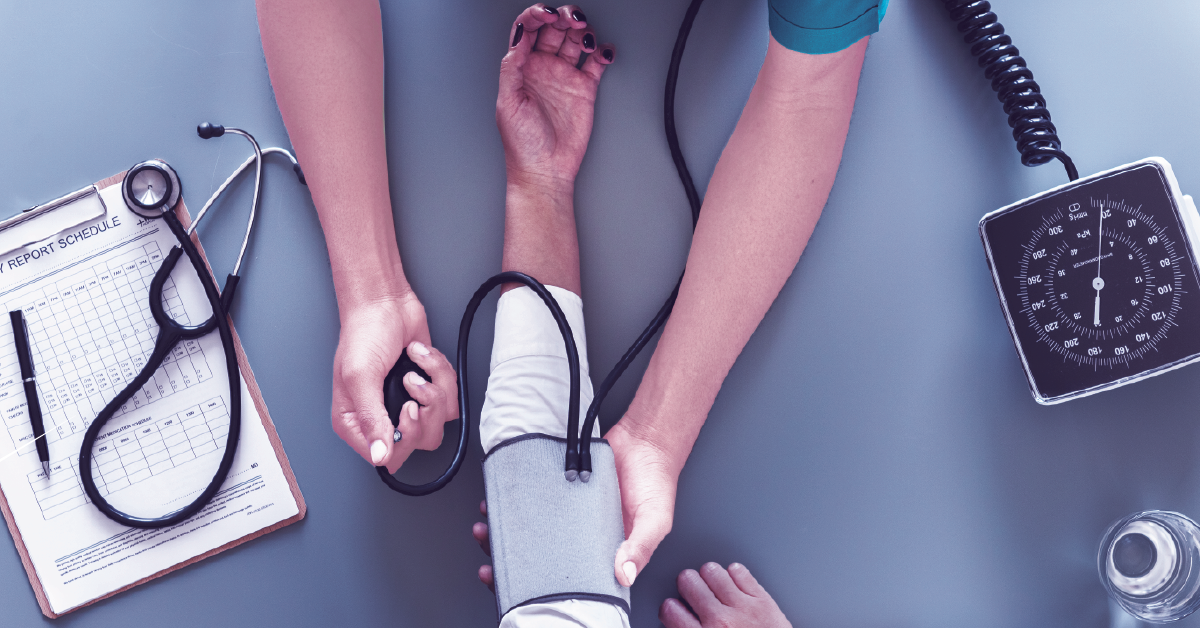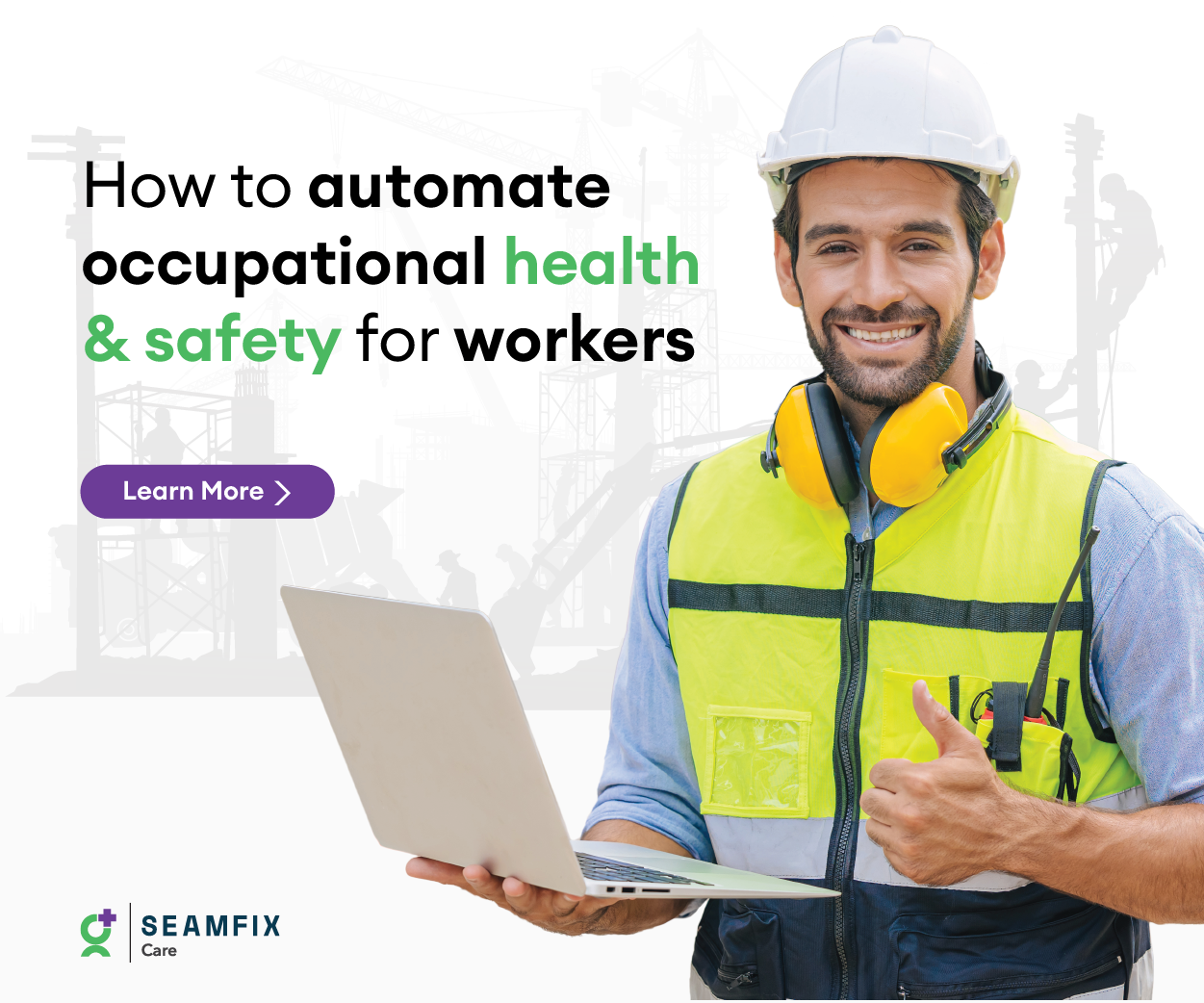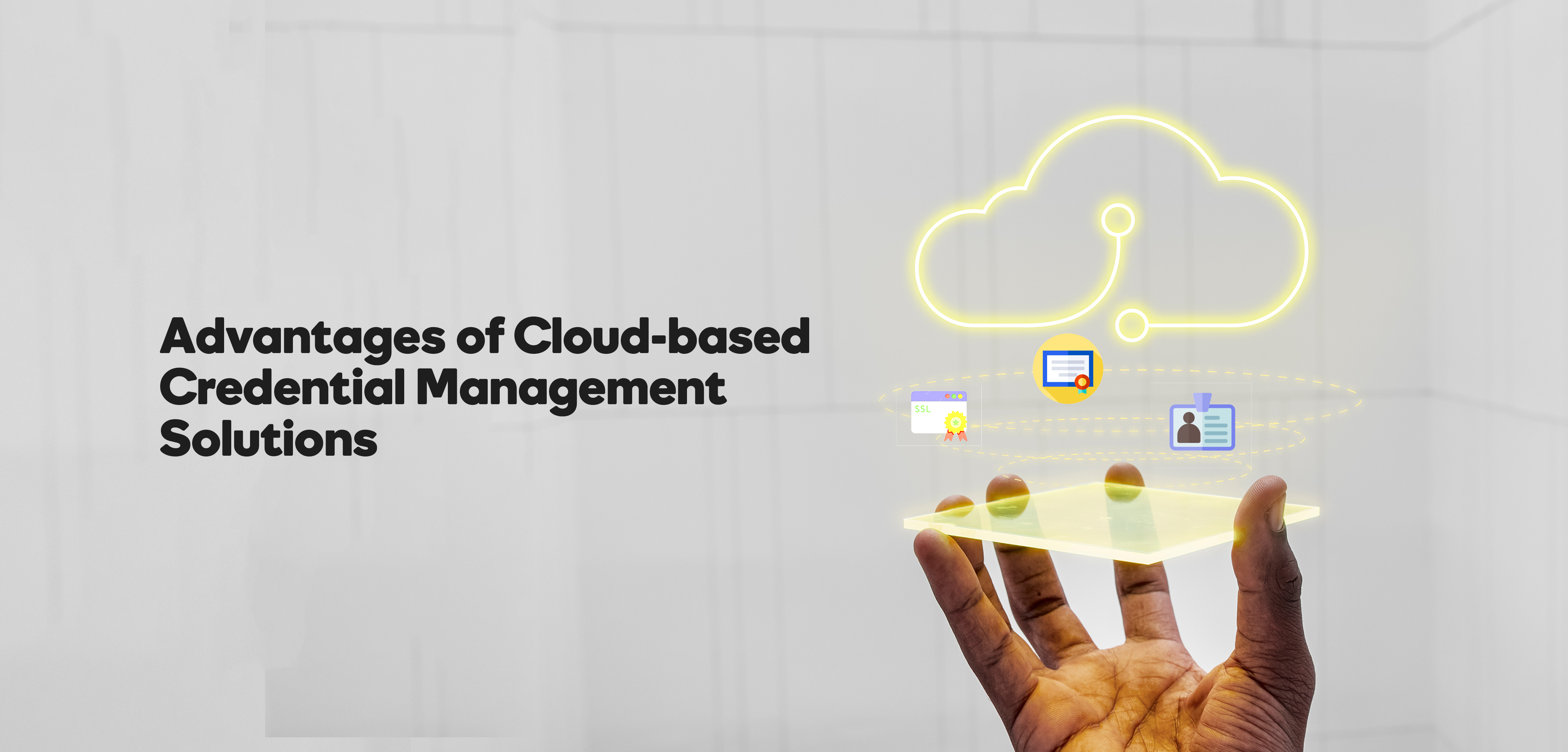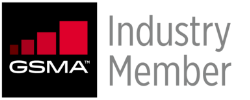What is health surveillance?
Health surveillance is basically all the activities involved in ensuring a worker is in perfect health condition and is well protected against any form of health risk at the workplace.
It involves gathering medical information about a worker, running an assessment of the data collated to determine if there are underlying health challenges that could affect them negatively, and making sure their environment is well packaged to help curtail any health hazard while working.
Besides the fact that health surveillance is mandated by law, its importance cannot be overemphasized for people working in conditions of high noise, dust, vibration, exposed solvents, radiation and gaseous fumes.
Why is health surveillance so important?
Because the health and well-being of employees is at stake, health surveillance is automatically considered a priority. But why should health surveillance be a priority?
Early detection of likely health hazard
Conducting timely health surveillance can go a long way in uncovering medical conditions waiting to strike. Early detection can help with taking counteractive measures before these health mishaps get complicated.
Provision of data for evaluating health risk
Employers can bank on the results of accurate health surveillance to determine how much health risk their potential employee could bring to their organisation before employment, and prompt actions could be taken to help them get rid of the detected conditions and be in the best shape for their new role.
Enabling employees to raise concerns about how work affects their health
A great work environment where health surveillance is routine could give employees the freedom to voice out personal health concerns that may affect their productivity at work.
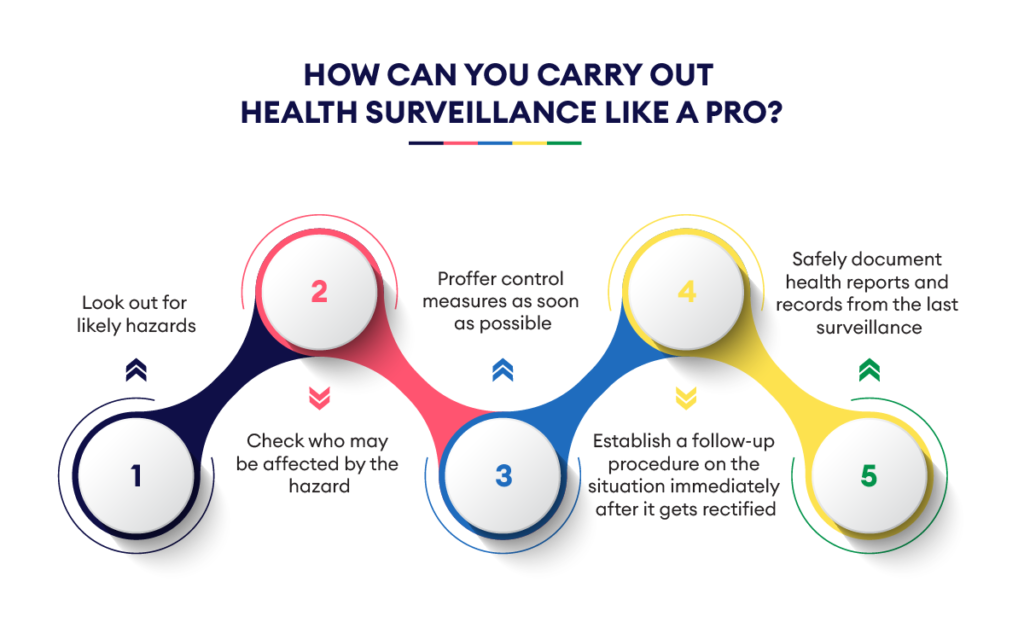
While a part of the responsibility rests on the employer, OHSPs are the missing pieces when it comes to helping organisations produce employees who are fit, free from workplace health risks, and in perfect health to execute their roles.
